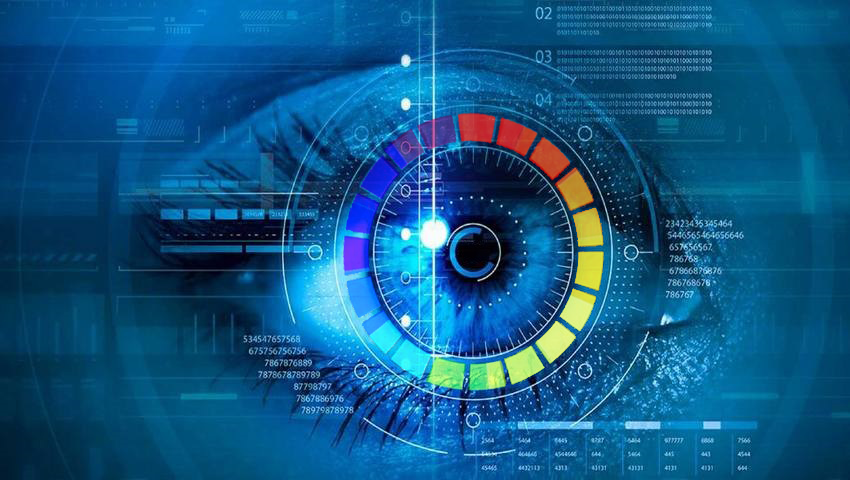
AI eye matches human color perception
Researchers from the Tokyo University of Science (TUS) have achieved a significant milestone in artificial intelligence, unveiling a self-powered artificial synapse, that mimics the human eye’s remarkable ability to recognize color with exceptional precision. This innovation could transform machine vision across a wide range of real-world applications – from enhancing autonomous vehicles to improving advanced medical diagnostics.
The study introduces a neuromorphic device capable of distinguishing colors across the visible spectrum with a resolution of 10 nanometers, a level of discrimination closely approaching that of human vision. What truly sets this breakthrough apart is its inherent energy independence: the synapse generates its own electricity through integrated dye-sensitized solar cells. This self-powering capability eliminates the need for bulky external power supplies, a critical limitation that has historically hampered the widespread deployment of machine vision systems in compact, edge-based devices such as drones, smartphones, and wearables.
Led by Associate Professor Takashi Ikuno, the research team engineered their device by integrating two distinct types of dye-sensitized solar cells, each designed to respond differently to specific wavelengths of light. This innovative dual-cell configuration not only provides the necessary power for the synapse but also enables it to perform complex logical operations – tasks that typically require multiple conventional electronic components – within a single, highly compact device.
Dr. Ikuno emphasizes the profound potential of this next-generation optoelectronic device for developing low-power AI systems that demand both high-resolution color discrimination and efficient logic processing.
To demonstrate its real-world viability, the team tested the synapse within a physical reservoir computing framework. The system successfully recognized 18 different combinations of movements and colors (red, green, and blue) with an impressive 82% accuracy. Crucially, this was achieved using only a single device, a significant improvement over conventional systems that would necessitate multiple photodiodes for similar tasks.
This technology is poised to improve computer vision across multiple sectors. In the automotive industry, it could enhance the real-time recognition of traffic lights, road signs, and pedestrians in autonomous vehicles, all while consuming minimal power. For consumer electronics, it promises the development of smarter and more energy-efficient augmented/virtual reality (AR/VR) headsets, wearables, and mobile devices, dramatically improving battery life without compromising advanced visual recognition capabilities.
In healthcare, where efficiency and precise sensing is paramount, this technology holds particular promise. Self-powered visual sensors could be seamlessly integrated into compact diagnostic tools, facilitating real-time monitoring of vital signs, such as oxygen saturation or skin conditions, without the constant need for battery recharging.
This advancement aligns closely with the work of Qudata. Our team develops a wide spectrum of computer vision solutions tailored to real-world needs. Qudata’s expertise extends across diverse applications, including precision healthcare.
One of our standout contributions lies in the field of medical imaging and radiology. Here, our team leverages advanced AI-based visual analysis to support the early detection of breast cancer. By training the model to identify subtle patterns and anomalies in complex medical scans, such as mammograms, Qudata’s technology empowers medical professionals to detect cancer in its earliest stages, when treatment is most effective and patient outcomes are significantly improved. Qudata’s solution goes beyond simple detection, often assisting with classification and analysis thereby enhancing diagnostic accuracy and efficiency in radiology departments.
With devices that function autonomously and process complex visual data with near-human efficiency, advanced diagnostics could become more accessible and reliable for a larger global population, fundamentally transforming healthcare delivery.
